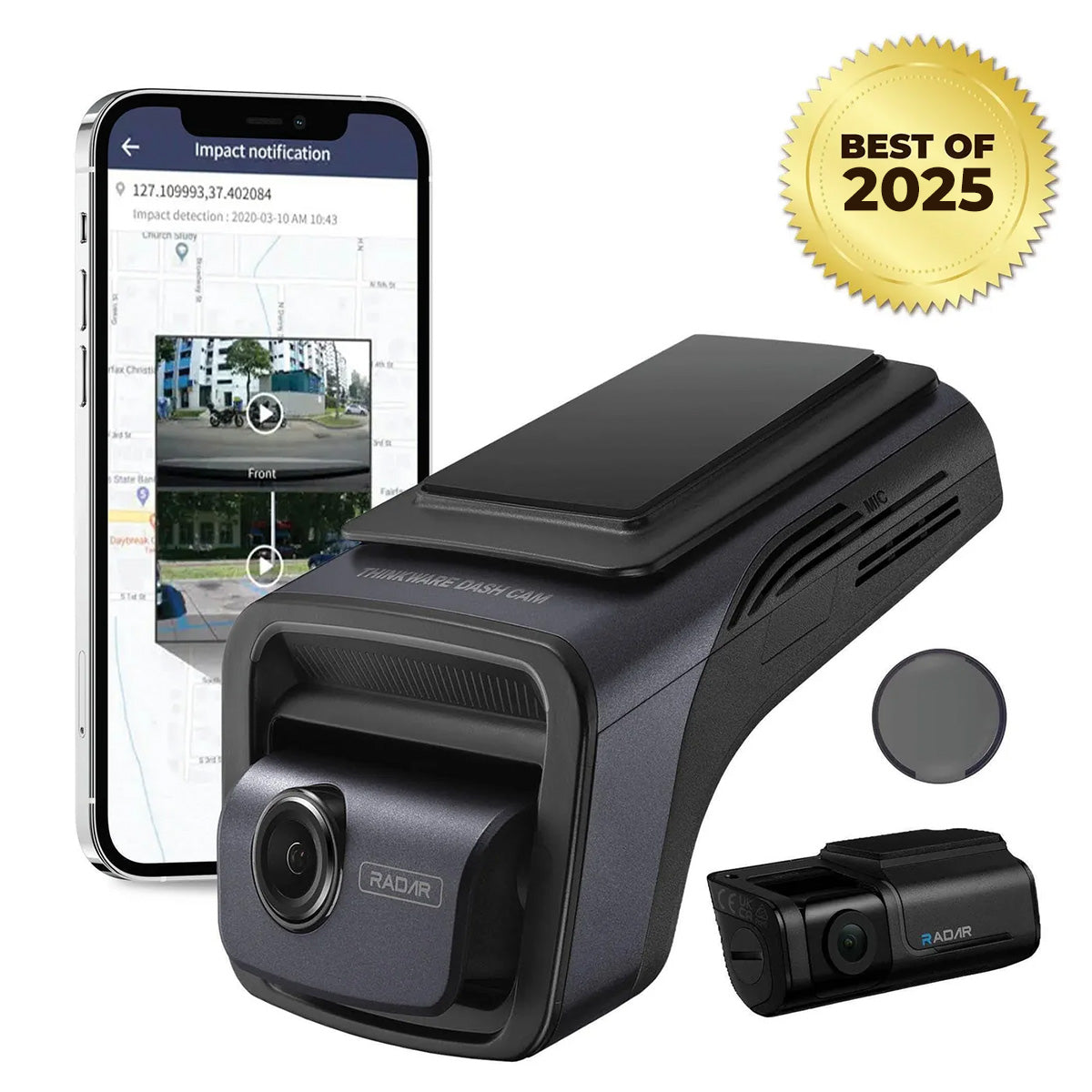Tesla is known for breaking industry innovation over the last decade. If you’re a fan of technology and touch screens, and if you prefer software updated to tune-ups and most of all, if you love the idea of skipping the gas pump and live life fully charged, then you’ll dig the Model X, Model S and the latest Model 3. Did you know that the Tesla Model 3 is the number one selling electric vehicle in Canada in 2019 Q3?
We’ve had a few of those come into our Service Centre in Richmond and we have to say, it’s quite evident that everything Teslas has done up to this point has built towards the Model 3 - it comes with all the sensors and cameras (8 cameras, to be exact) it needs for Autopilot functionality. A software update earlier this year added dash cam functionality and Sentry Mode capabilities.
Whoa, wait a minute, the Model 3 comes with built-in multi-camera dash cam functionality, but owners are still bringing them into the BlackboxMyCar Service Centre for a dash cam installation appointment?




